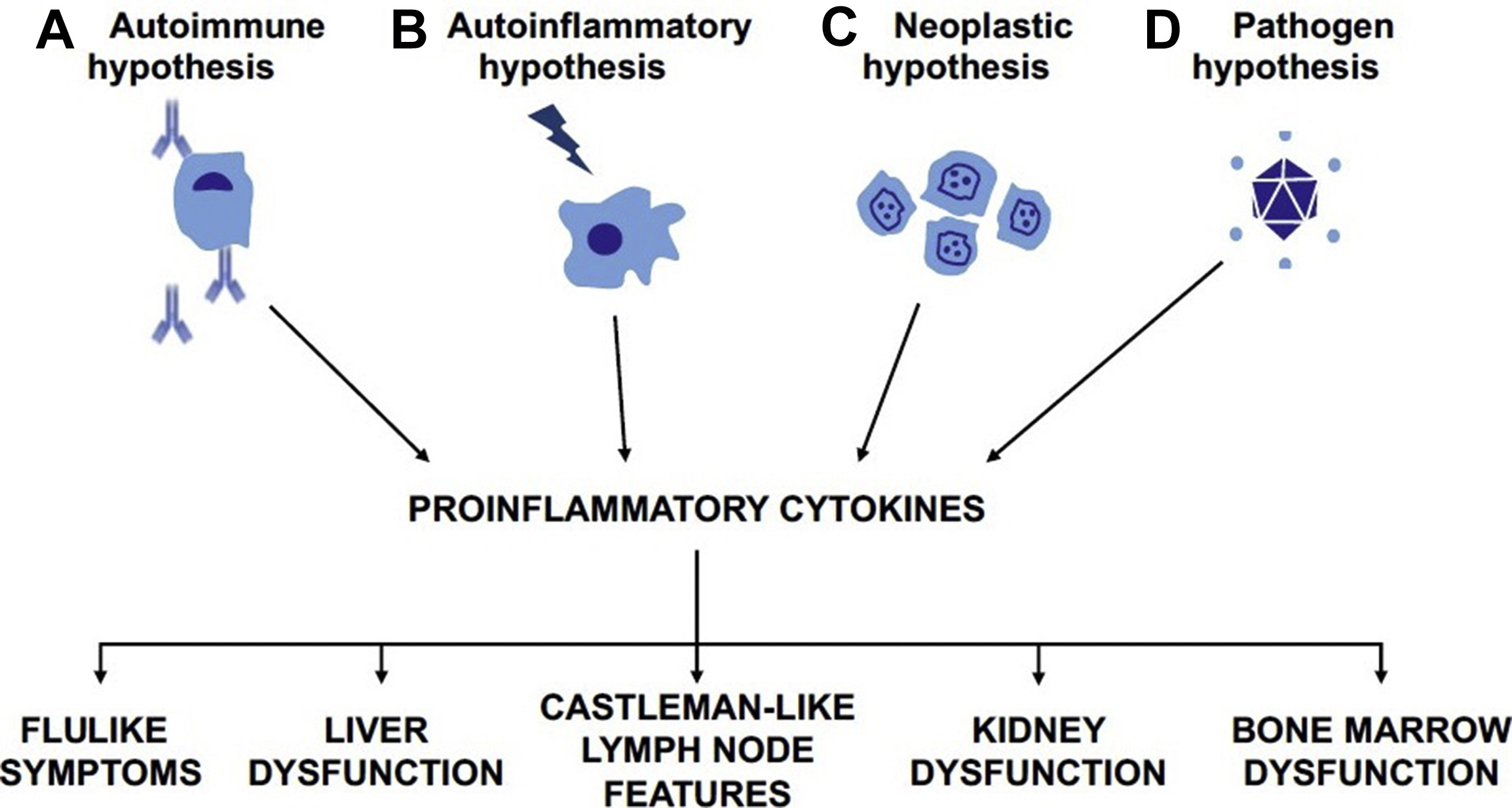Elsevier,
The Lancet Child and Adolescent Health, Volume 2, February 2018
This article ties to SDG 3. This review describes interventions of note that are delivered to refugee children and adolescents as well as parenting and school interventions, and broader socioeconomic and cultural interventions.
Elsevier,
Hematology/Oncology Clinics of North America, Volume 32, February 2018
This article ties to SDG 3. This clinical review article, published in Hematology/Oncology Clinics, presents current understanding of the pathogenesis for each subtype of CD as of 2017. Although understanding of CD has slowly improved over the last 6 decades, leading to improved patient survival and quality of life, additional research is needed. The authors anticipate significant progress to be made in the coming years through research studies led by the CDCN, including the ACCELERATE (Advancing Castleman Care with an Electronic Longitudinal registry, E-Repository, And Treatment/Effectiveness research) Natural History Registry (www.CDCN.org/ACCELERATE), which is open for patient self-enrollment.
Elsevier, Smart Wheelchairs and Brain-computer Interfaces: Mobile Assistive Technologies, Volume , 1 January 2018
Smart Wheelchairs and Brain-Computer Interfaces: Mobile Assistive Technologies combines the fields of neuroscience, rehabilitation and robotics via contributions from experts in their field to help readers develop new mobile assistive technologies. It provides information on robotics, control algorithm design for mobile robotics systems, ultrasonic and laser sensors for measurement and trajectory planning, and is ideal for researchers in BCI.
Elsevier, Handbook of Electronic Assistive Technology, Volume , 1 January 2018
Electronic Assistive Technology (EAT) is a subset of a wider range of products and services known as Assistive Technology (AT). AT is designed to support and enable people with disabilities, either acquired or congenital, to participate in activities with greater independence and safety. With a global aging population, it has an important role to play in enabling and supporting those with disability and their carers. Handbook of Electronic Assistive Technology discusses a range of commonly available or emerging electronic assistive technologies.
Elsevier,
January 2018
The SDGs are all connected. Success in one goal often relies on success in another. The science supporting the SDGs needs to reflect these connections, which is what the Perspectives Project aims to achieve: enabling collaboration between experts from all over the world. The project addresses a core question: how is the SDG agenda influencing scholarly debates in different research areas, and vice-versa? The reviews will cover the breadth of the SDGs and will be published as part of three special issues in three key journals.
Elsevier, Journal of World Business, Volume 53, January 2018
We investigate the influence of FDI in land in agriculture in developing countries, a phenomenon also known as land grabbing, on host country food security, and suggest a differential impact depending on the investor's country of origin. FDI in land by developed-country investors positively influence food security by expanding land used for crop production because of home institutional pressure for human rights respect and responsible farmland conduct, in addition to positive spillovers.
Elsevier, World Development, Volume 101, January 2018
This paper presents a new demographic profile of extreme and moderate poverty, defined as those living on less than $1.90 and between $1.90 and $3.10 per day in 2013, based on household survey data from 89 developing countries. The face of poverty is primarily rural and young; 80% of the extreme poor and 75% of the moderate poor live in rural areas. Over 45% of the extreme poor are children younger than 15 years old, and nearly 60% of the extreme poor live in households with three or more children.
Elsevier, Political Geography, Volume 62, January 2018
After a long-term decline in the frequency and lethality of famines, 2017 has witnessed resurgent international concern over the issue. This paper examines the trends in famine over the last 150 years, with particular attention to the fusion of famine with forcible mass starvation. It identifies four main historic periods of famines, namely: the zenith of European colonialism; the extended World War; post-colonial totalitarianism; and post-Cold War humanitarian emergencies; and asks whether we may be entering a fifth period in which famines return in new guises.
Elsevier, World Development, Volume 101, January 2018
As a key issue in recent international climate summits, the Green Climate Fund (GCF) is confronted with the problem of insufficient financing. This paper intends to explore several schemes for raising the public finance of the GCF among developed countries. Lessons from three main ongoing international financing mechanisms have been drawn, including the United Nations (UN) membership dues, Official Development Assistance (ODA), and the Global Environment Facility (GEF). The indexes that reflect historical emission responsibility (HR) and ability to pay (AP) are also used to share the burden.
Elsevier, Marine Policy, Volume 87, January 2018
This study was conducted to investigate how the legal framework governing the Bangladeshi fishery sector can be reformed through measures such as governance reform, increasing coordination between administrative bodies and educating key stakeholders, including fishermen. In doing so, this paper evaluates how Bangladeshi fishery laws can facilitate sustainable development and improved environmental outcomes for coastal and marine living resources.

